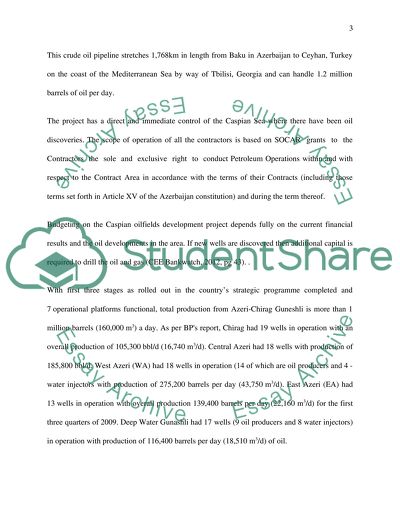Cite this document
(“Finance Essay Example | Topics and Well Written Essays - 1250 words - 2”, n.d.)
Retrieved from https://studentshare.org/finance-accounting/1491589-finance
Retrieved from https://studentshare.org/finance-accounting/1491589-finance
(Finance Essay Example | Topics and Well Written Essays - 1250 Words - 2)
https://studentshare.org/finance-accounting/1491589-finance.
https://studentshare.org/finance-accounting/1491589-finance.
“Finance Essay Example | Topics and Well Written Essays - 1250 Words - 2”, n.d. https://studentshare.org/finance-accounting/1491589-finance.


